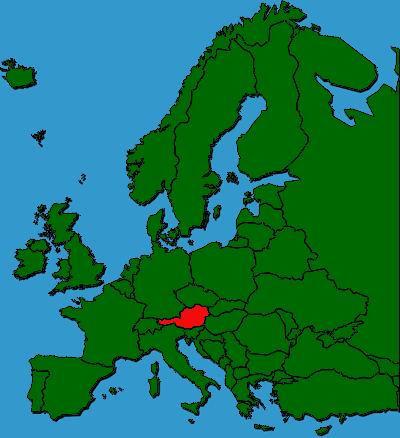
Circle the area on this map

A. The Alps is the highest mountain range entirely in Europe, extending 750 miles through Monaco, France, Switzerland, Italy, Liechtenstein, Germany, Austria and Slovenia. During the last glacial period, or ice age, much of the Alps region was covered by a huge glacier which later receded to higher elevations.
C. As of May 2022, the global average concentration of carbon dioxide in the atmosphere was 441 parts per million. That is a 50 percent increase in that greenhouse gas since the start of the Industrial Revolution in the 18th century. Greenhouse gases increase the absorption of solar radiation and warm the globe.
B. The world’s highest peaks are in the Himalayan mountain range which was created by the collision of the Indian and Eurasian tectonic plates. Research suggests Himalayan glaciers have shrunk by 40 percent since the “Little Ice Age” cold period between 400-700 years ago.
D. Increased melting in the mountains can trigger massive floods as ice dams break. As glaciers shrink, it cuts the flow to rivers that millions of people depend on for drinking water, farming and hydroelectric power. Ultimately, all glacial melting raises ocean levels, threatening coastal areas that are home to many of the planet’s people.